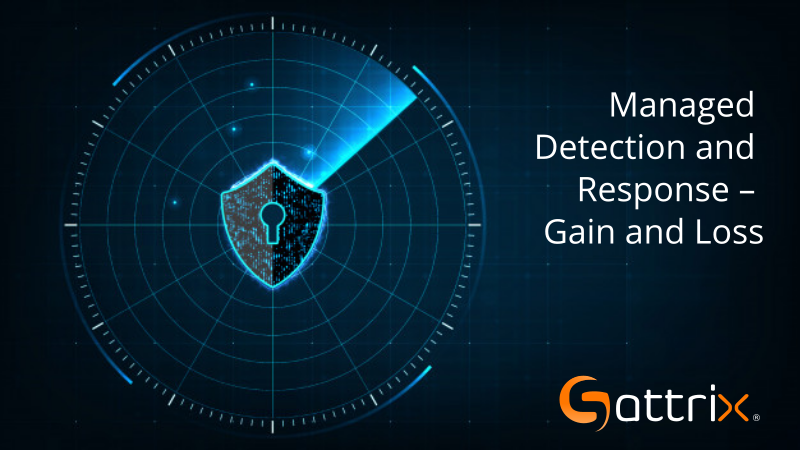How Mobile Device Management Protects Enterprises from Data Breaches and Insider Threats
Mobile devices have become essential tools for modern businesses. Employees rely on smartphones, tablets, and laptops to access corporate data, collaborate with teams, and stay productive from any location. While this flexibility improves efficiency, it also exposes enterprises to new security risks. Lost devices, unauthorized access, insecure apps, and careless insiders can all create opportunities for data breaches. This is where Mobile Device Management (MDM) plays a critical role. MDM gives enterprises centralized control over all devices connected to the company network. With the support of a trusted provider like Sattrix , organizations can safeguard sensitive information and reduce security risks across the entire mobile ecosystem. Combined with Managed Cybersecurity Services in India , MDM strengthens overall defenses and ensures devices remain compliant, secure, and properly monitored. Why Mobile Device Management Matters for Enterprise Security Enterprises h...



